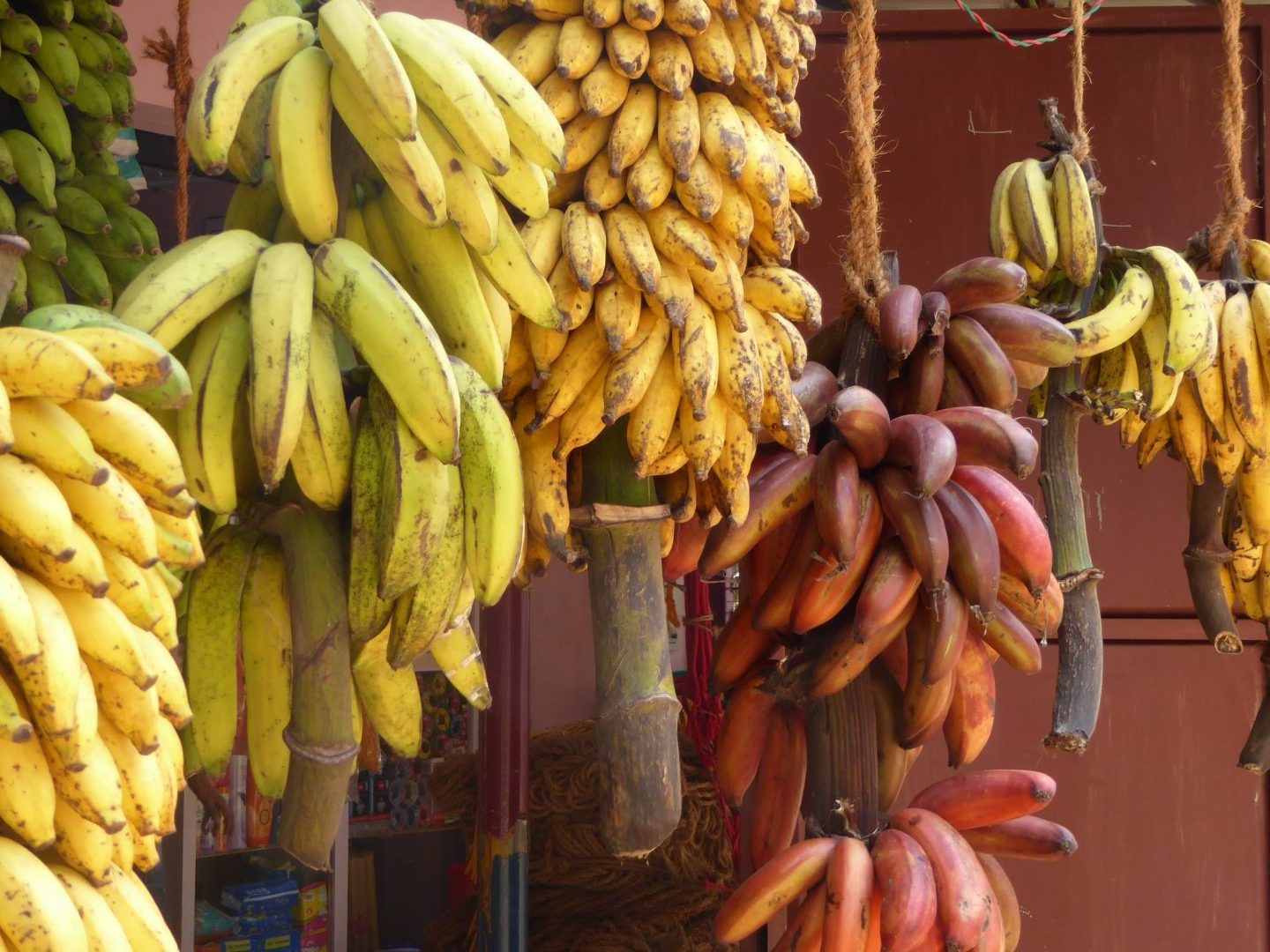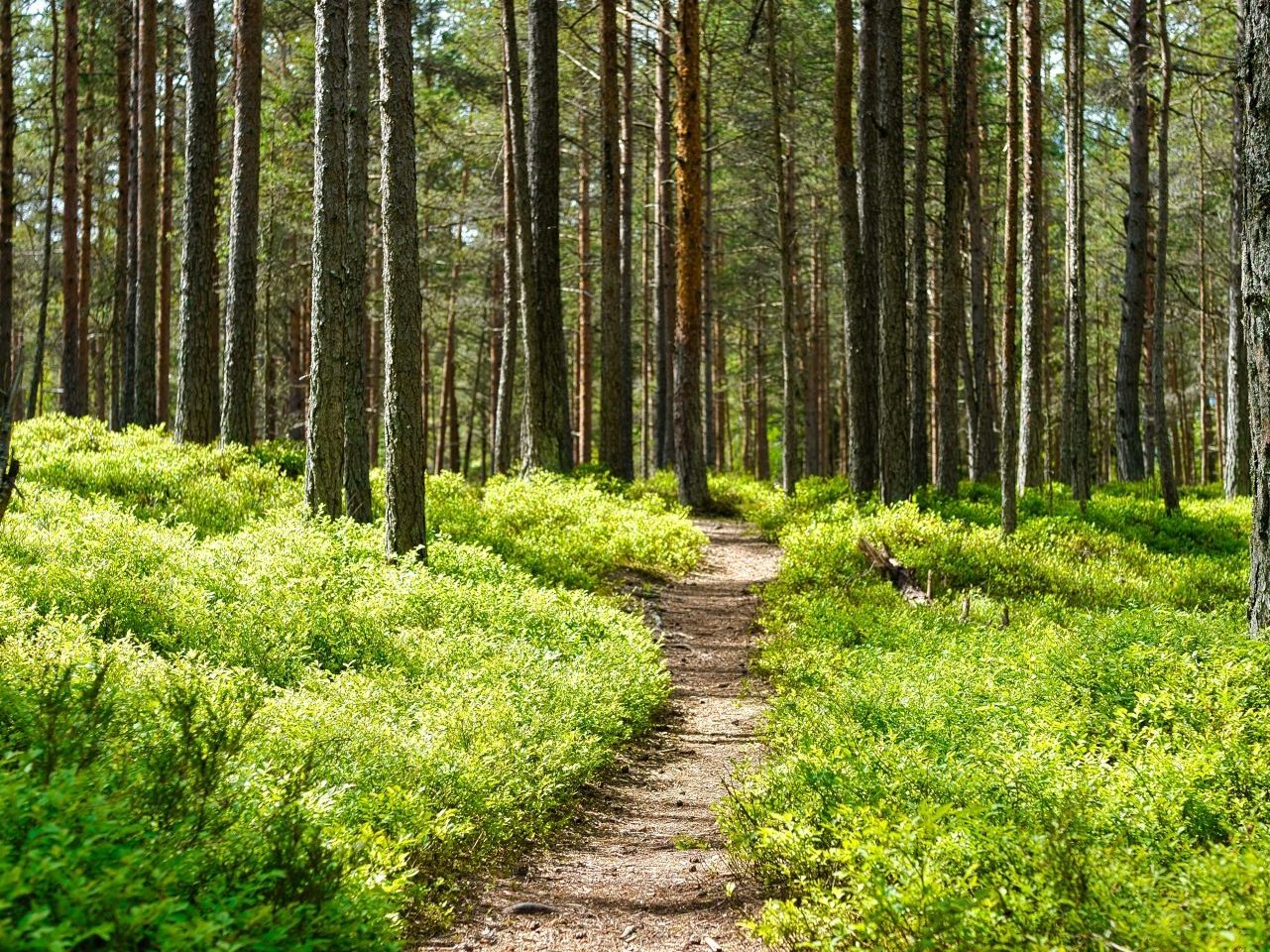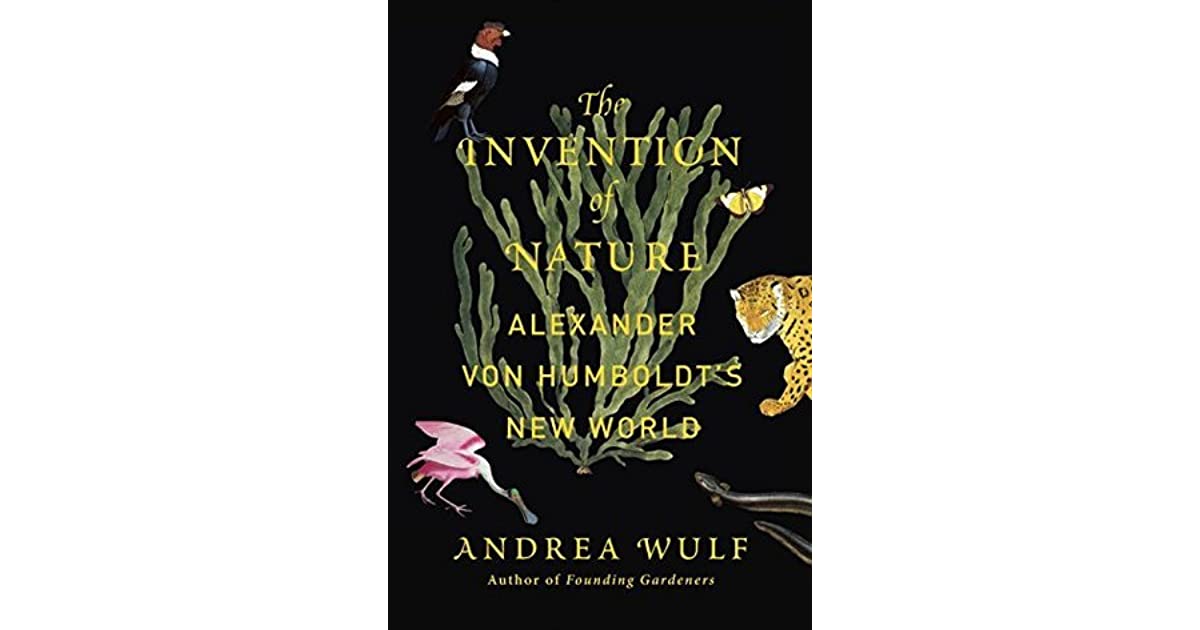
Bananas, in Crisis
June 28, 2022
Stewardship & Loving an Area to Death
July 20, 2022
Book Review: The Invention of Nature
Author: Liz Clift
There's a good chance, if you live in the United States, you haven’t heard much about Alexander von Humboldt (1769 – 1859)— but as Andrea Wulf argues in The Invention of Nature: Alexander von Humboldt’s New World (2015), Humboldt influenced the way many of us think about nature today.
Wulf chronicles Humboldt’s life from childhood through his death — including his many voyages around the world, and how his restless lifestyle included ascending volcanoes, travels throughout the tropics, and exploring anthrax-infested Siberia — all the while studying the organisms that made up these different environments. He was a man who thrived on adventure and whose deep curiosity about the world pushed him to try a variety of things, including tasting tree bark to see if he could tell the difference between trees simply by the way the bark tasted.
But Humboldt was more than just a rough-and-tumble explorer. He was also an abolitionist, a vocal anti-imperialist who saw the harms of colonialism on the natural world, and an avid writer who published more than 36 books and over 25,000 letters.
Humboldt saw, and brought attention to, the interconnectedness of nature, across different regions of the world (he predicted human-induced climate change, for example, and was among the first scholars to suggest continental drift), and to various areas of study, including the arts. As Wulf tells it, his writing inspired Thoreau, Wordsworth, and Goethe — as well as Darwin and Muir. He also developed relationships with political figures, including Simon Bolivar and Thomas Jefferson.
If you’ve never heard of Humboldt, Wulf argues, that might be because of the anti-German sentiments that arose in the early 20th century, which included burning books by German authors, which would have included Humboldt. However, the extent of his influence is alluded to by the many things that bear his name, from Humboldt County to the Humboldt squid and Humboldt penguin. Wulf counts nearly 300 plants and more than 100 animals who bear his name.
Wulf also asks readers to consider that perhaps we still have a lot to learn from Humboldt — that perhaps the sciences don’t have to be limited to such narrow fields, that the arts might also have a place in science, and that if we better recognized the ways that nature is interconnected, that we might be able to do more to forestall the looming environmental collapse.
Overall, this book held my attention well and was a fairly fast and engaging read. I found that it helped tie together some threads from my environmental science and environmental literature background that I hadn’t quite been able to connect, despite a sense that they were, in fact connected.
If you’re at all interested in the ways we talk about nature and the natural world, want to better understand how we’ve constructed the ideas and ideals of nature, are curious about how we might do things differently in the future, or have just wondered who was Humboldt? then this book is for you. I also cannot recommend this book enough for anyone who works in outdoor and environmental education settings. You will almost certainly find evidence that what you teach was influenced by Humboldt’s work — and you might also get some ideas of ways to stoke and nurture curiosity about the natural world.

